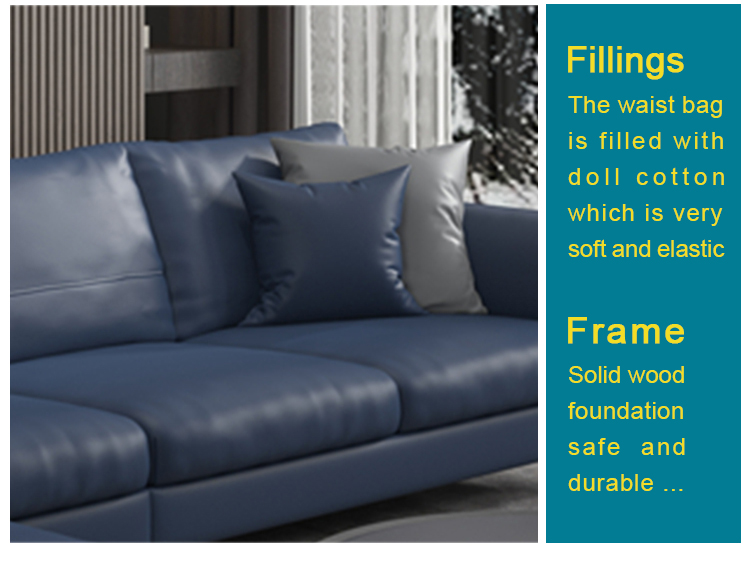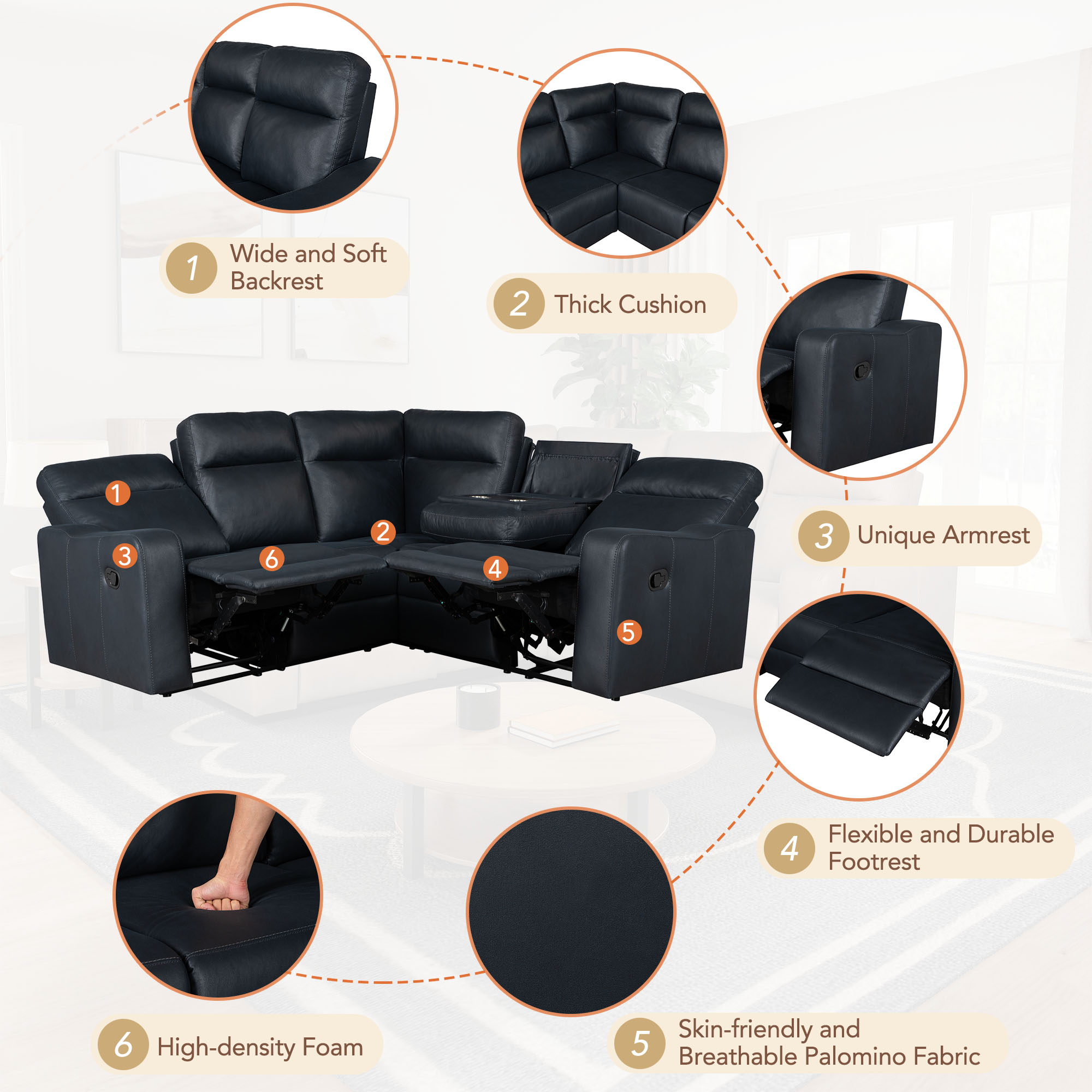Title: How to Clean Moldy Sofa: A Comprehensive Guide
Moldy sofas can be a major health hazard, especially if you have respiratory problems. Cleaning moldy furniture can be a daunting task, but with the right approach, it can be done effectively. The first step is to identify the type of mold and its severity. Once you know the type of mold, you can choose the appropriate cleaning solution. For example, white vinegar and baking soda can be used for milder cases of mold growth. However, for more severe cases, you may need to use a commercial mold cleaner. To remove the mold safely, you should wear protective equipment like gloves and goggles. It's also important to clean all surfaces of the sofa thoroughly, including the cushions and back panel. After cleaning, allow the sofa to dry completely before using it again. Regular maintenance is key to preventing mold from returning. Clean your sofa at least once a week and avoid exposing it to damp or humid conditions. By following these tips, you can keep your sofa clean and healthy for years to come.
Moldy sofas not only look unappealing but can also be a health hazard. To maintain the appearance and hygiene of your sofa, it's essential to clean it regularly, especially if you notice signs of mold growth. This guide will provide you with step-by-step instructions on how to clean a moldy sofa using natural and chemical-free methods.
1. Preparation
Before starting the cleaning process, make sure you have the following tools and materials on hand:
a. Vacuum cleaner with a HEPA filter to remove loose debris, dust, and dirt from the surface of the sofa.

b. Microfiber cloths or sponges for wiping down the furniture.
c. White vinegar (or a mixture of equal parts water and baking soda) for removing mold and mildew stains.
d. An enzymatic cleaner specifically designed for upholstery (optional but recommended).
e. Rubber gloves to protect your hands from harsh chemicals.
f. A freshener or deodorizer for restoring the odor of the sofa after cleaning (optional).
2. Remove Loose Debris and Dust

Start by vacuuming the sofa thoroughly, paying special attention to any areas where mold is visible or concentrated. This will help remove any loose debris and prevent the mold from spreading further. Be sure to use theHEPA filter of your vacuum cleaner to avoid spreading any mold spores into other areas of your home.
3. Prepare the Solution
In a small bowl, mix equal parts white vinegar (or a mixture of water and baking soda) with water until you get a creamy consistency. The ratio of vinegar to water can vary depending on the severity of the mold infestation, but start with around one part vinegar to three parts water and adjust as needed. If you decide to use an enzymatic cleaner, follow the manufacturer's instructions for preparing the solution.
4. Apply the Solution
Using a soft-bristled brush or sponge, gently apply the solution to the affected areas of the sofa. Be sure to cover all visible mold spots and let the solution sit for at least 30 minutes to give it time to dissolve the mold spores and dead cells. During this time, wear rubber gloves to protect your hands from the chemicals in the solution.
5. Scrub and Rinse

After waiting for the solution to work its magic, use a soft-bristled brush or sponge to scrub the affected areas gently. Be careful not to scratch the fabric or damage the upholstery. Once you've removed most of the mold, rinse the sofa with clean water using a hose or a pressure washer (if possible). Be sure to rinse away all traces of the solution and any remaining mold spores before continuing with the next steps.
6. Dry and Deodorize
Use a dry microfiber cloth or towel to blot away excess moisture from the sofa. If your sofa has been exposed to damp conditions, such as rain or humidity, you may need to use a fan or open some windows to accelerate drying. Once the furniture is completely dry, you can apply a deodorizer or air freshener according to your preference. This will help eliminate any lingering odors left by the mold spores and restore your sofa to its original freshness.
7. Repeat as Needed
If you notice any new patches of mold growth after cleaning the initial area, repeat the entire process until the mold is fully eradicated. It's important to note that some types of mold are more resistant than others, so you may need to use a stronger solution or multiple rounds of cleaning if necessary. Additionally, keep in mind that prevention is key when it comes to mold growth on furniture; make sure to clean your carpets, curtains, and other surfaces in your home regularly to minimize exposure to mold spores.
Articles related to the knowledge points of this article:
Title: The Art of Tie-Dyeing: A Masterclass in Creating Your Own Bachelors Tie
Title: The Art of Tie Knot origami: Transforming a Necktie into a Work of Art
Title: The Allure of Gucci Ties: A Timeless and Elegant Accessory
Goose Feather Down Jacket: A Fashion Staple for Cold Weather
Title: The Art of Pairing a White Suit with a Tie
The Significance of Black Tie: A Cultural and Symbolic Exploration



